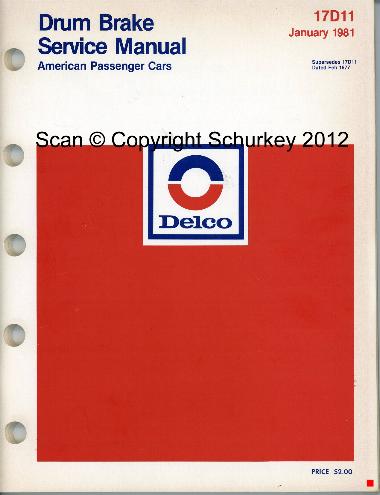Okay, residual pressure valves contradictions I've read ...
1. I've heard, - rpv's are necessary with drum brakes ... but, ..."most replacement master cylinders don't have them" so, why are they in original master cylinders but not in replacements ??
2. I've heard, - rpv's hold the brake shoes out for more immediate braking response ... but ... I've also heard that they don't hold enough pressure to overcome the return springs (this makes sense to me because old time racers would switch out their discs for drum brakes to reduce drag) ...
3. I've seen posts where it is mentioned that someone's new master cylinder isn't even machined to be able to fit a "RPV" inside ... how can that be if they're necessary on drum brakes ??
4. I've seen posts and tech articles say that the purpose of the residual pressure valve is not to hold out the brake shoes, nor to make their response more immediate , ...but, it's to keep air from entering the wheel cylinders ... this also makes no sense to me ...can it be true that air will pull itself back into the wheel cylinders without the residual pressure ???
I have an "el-cheapo" parts store rebuilt "4-drum" master cylinder from 1993 lying around ... can i tear into it to look for residual pressure valves? ... if I find them, can I pull the valves out to use in a new master cylinder's drum brake circuit?? ...
what are the real answers to these mysterious questions ???!!!
1. I've heard, - rpv's are necessary with drum brakes ... but, ..."most replacement master cylinders don't have them" so, why are they in original master cylinders but not in replacements ??
2. I've heard, - rpv's hold the brake shoes out for more immediate braking response ... but ... I've also heard that they don't hold enough pressure to overcome the return springs (this makes sense to me because old time racers would switch out their discs for drum brakes to reduce drag) ...
3. I've seen posts where it is mentioned that someone's new master cylinder isn't even machined to be able to fit a "RPV" inside ... how can that be if they're necessary on drum brakes ??
4. I've seen posts and tech articles say that the purpose of the residual pressure valve is not to hold out the brake shoes, nor to make their response more immediate , ...but, it's to keep air from entering the wheel cylinders ... this also makes no sense to me ...can it be true that air will pull itself back into the wheel cylinders without the residual pressure ???
I have an "el-cheapo" parts store rebuilt "4-drum" master cylinder from 1993 lying around ... can i tear into it to look for residual pressure valves? ... if I find them, can I pull the valves out to use in a new master cylinder's drum brake circuit?? ...
what are the real answers to these mysterious questions ???!!!











